Seasonal Affective Disorder and IV Therapy
September 22nd marked the autumnal equinox for those of us in the northern hemisphere. And while in many places (looking at you, Phoenix), we are still waiting on that cool fall weather, a lot of us are experiencing the effects of the season’s change: particularly, colder weather and shorter days.
Fall (and winter) obviously bring a lot of fun, too with all sorts of holidays and traditions, but it’s important to be aware of some of the ways this time of year can impact our health.
This week, we’re talking about Seasonal Affective Disorder (S.A.D.), and what we can do to address it!
What is Seasonal Affective Disorder?
S.A.D. is a type of depression that occurs as a result of the changing of seasons, typically during the fall. It is often triggered by less exposure to sunlight, due to both shorter daylight hours and confinement indoors because of colder weather.
S.A.D. affects approximately 5% of adults, though as many as 20% say they notice some sort of negative mood change during this time of year.
Symptoms can include feelings of sadness, of course, but also sleeping difficulties, weight gain, anxiety, fatigue, increased irritability, and trouble concentrating.
Tips for Mitigating the Symptoms
For mild cases, getting outside or taking Vitamin D supplements are recommended treatments. Routines that prioritize self care and general well-being can also be useful. Daily walks, time spent socializing with loved ones, or even an IV appointment can all be healthy and energizing activities to combat the winter blues.
In more severe instances, therapy, medication and phototherapy can also be useful. If you are concerned about S.A.D., talk to your medical provider as soon as possible to find the best method for you and your needs!
